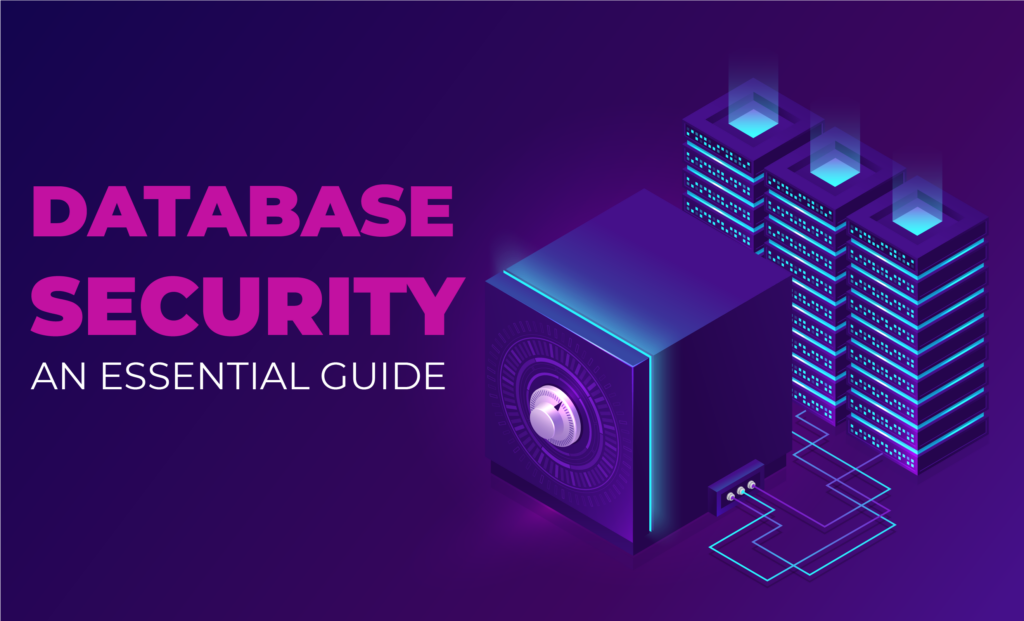

Database security is not a product, a firewall, or a single configuration. It is an ongoing discipline and a multi-layered strategy. The biggest flaw in most organizations’ security approach is the assumption that threats are exclusively external. They invest in robust perimeter defenses but operate with a dangerous lack of visibility into what happens inside their network. The reality is that most data breaches are not cinematic “break-ins”; they are the result of legitimate credentials being abused, excessive privileges being exploited, and anomalous activities going completely unnoticed.
To build a truly resilient defense, one must adopt a “Defense in Depth” model. This principle assumes that any single layer of security can fail, and therefore, multiple independent defenses must be implemented to protect the most critical asset: your data. This guide presents a practical framework, divided into three pillars – Prevention, Detection, and Response – designed to equip DBA, SRE, and DevOps teams with a proactive and robust security strategy.
Pillar 1: Prevention (Reducing the Attack Surface)
The objective of this layer is to strengthen the foundations of your database environment, making the occurrence of a breach as difficult as possible.
1.1. Access Management Based on the Principle of Least Privilege (PoLP)
This is the most critical pillar of prevention. PoLP states that a user or service should have only the minimum permissions necessary to perform its legitimate function.
Practical Action: Implement Role-Based Access Control (RBAC). Create granular roles (e.g., orders_app_read, billing_svc_write) instead of using generic roles like db_datareader. Audit permissions quarterly, focusing relentlessly on removing excessive privileges and disabling orphaned accounts (from former employees or legacy applications).
1.2. Hardening and Patch Management
This refers to the process of configuring the database and its underlying operating system to be inherently secure.
Practical Action: Maintain an inventory of all your database instances and establish a rigorous process for applying security patches. Outdated software versions are one of the most common attack vectors. Disable unused database features and components to reduce the attack surface.
1.3. Data Encryption at Rest and in Transit
Encryption ensures that even if an attacker gains access to the data, it remains unreadable and useless.
Practical Action: Enable Transparent Data Encryption (TDE) or equivalent technologies to encrypt data files and backups on disk (at rest). Enforce the use of TLS/SSL connections between your applications and the database to protect data from network interception (in transit).

Pillar 2: Detection (Identifying Threats in Real Time)
This layer assumes that prevention can, and eventually will, fail. The goal is to detect suspicious activities as quickly as possible to minimize an attacker’s dwell time and limit the damage.
2.1. Observability and Access Monitoring
Detection is impossible without visibility. Reactively analyzing native audit logs after an incident is a forensic practice, not a detection strategy.
Practical Action: Implementing a database observability platform like dbsnOOp is the modern approach to detection. dbsnOOp monitors every query in real time, building a baseline of normal access behavior: which users, from which IPs, access which tables, and at what times. When a significant deviation occurs—such as a service account accessing a personal data table for the first time or a DBA connecting from an unknown country—an anomaly alert is generated instantly. This allows the security team to investigate a threat in minutes, not months.
Pillar 3: Security Response (Planning and Practicing Recovery)
This layer focuses on how your organization will respond to a security incident to minimize impact and ensure business continuity.
3.1. Resilient Backup and Recovery Strategy
Your backups are your last line of defense against destructive attacks like ransomware.
Practical Action: Ensure that backups are stored in an isolated and, ideally, immutable manner. More importantly, automate regular restoration tests. A backup that has never been tested is, at best, a hope, not a strategy. You need to be absolutely certain that you can meet your Recovery Time Objectives (RTO) and Recovery Point Objectives (RPO).
3.2. Incident Response Plan (IRP)
Technology detects the incident, but people and processes resolve it.
Practical Action: Develop and maintain a clear IRP. The plan should define roles, responsibilities, and communication channels. Who is responsible for revoking a compromised credential? How is the legal team notified? What are the criteria for customer notification? Conduct simulations (tabletop exercises) to ensure the team is prepared to act in a coordinated manner under pressure.
Effective database security is not about building an impenetrable fortress. It is about creating a resilient, visible, and prepared environment. By adopting the Defense in Depth framework, your organization can elevate its security posture from a reactive model to a proactive cycle of strengthening, detection, and response.
Build a layered defense, not a single wall. Schedule a meeting with our specialist to discuss how observability is the key to the detection pillar.
Schedule a demo here.
Learn more about dbsnOOp!
Learn about database monitoring with advanced tools here.
Visit our YouTube channel to learn about the platform and watch tutorials.

Recommended Reading
- dbsnOOp: The Monitoring and Observability Platform with an Autonomous DBA: A fundamental read that details the technology behind the “Detection” pillar, explaining how real-time visibility is the foundation for proactive security.
- Cloud Monitoring and Observability: The Essential Guide for Your Database: Security in the cloud presents unique challenges. This article explores how to maintain control and visibility in dynamic environments, a crucial complement to security best practices.
- The Difference Between Log Monitoring and Real-Time Monitoring: This article delves into the critical distinction between reactive forensic analysis of logs and real-time monitoring, which is the only effective approach for detecting ongoing threats.

